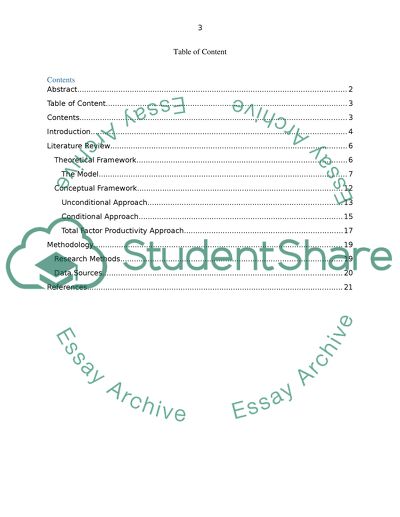Cite this document
(“How FDI Helps Nurture Domestic Competition Environment Dissertation”, n.d.)
Retrieved from https://studentshare.org/macro-microeconomics/1496599-how-fdi-helps-nurture-domestic-competition
Retrieved from https://studentshare.org/macro-microeconomics/1496599-how-fdi-helps-nurture-domestic-competition
(How FDI Helps Nurture Domestic Competition Environment Dissertation)
https://studentshare.org/macro-microeconomics/1496599-how-fdi-helps-nurture-domestic-competition.
https://studentshare.org/macro-microeconomics/1496599-how-fdi-helps-nurture-domestic-competition.
“How FDI Helps Nurture Domestic Competition Environment Dissertation”, n.d. https://studentshare.org/macro-microeconomics/1496599-how-fdi-helps-nurture-domestic-competition.


